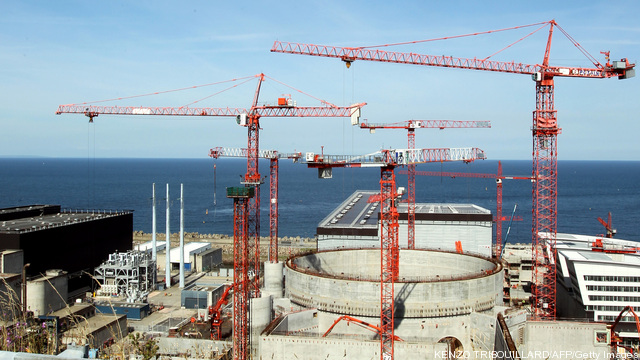
A New Jersey fight over new electric generating capacity raised a wide range of fundamental power market issues as it intensified late last week.
New Jersey’s top utilities regulator clashed with the head of the grid manager PJM on Friday over plans to build three new gas-fired power stations in a bid to bring down high retail electricity costs.
Lee Solomon, President of the New Jersey Board of Public Utilities (BPU), rejected criticism from Glen Thomas, President of PJM Power Providers Group, that the proposed generators are unnecessary and would require taxpayer subsidy to build and operate.
“The notion that there’s a government subsidy … that’s completely false and wrong,” Solomon told a roundtable on building new power plants in a deregulated market.
Thomas accused the BPU of backing a plan that would be blocked by the Federal Energy Regulatory Commission if it found that market prices were being manipulated.
“The challenge before the BPU is (to find) new generation that’s consistent with federal government rules that don’t stick consumers with a bill,” Thomas said.
The Three New Plants
The three plants, with a capacity totaling almost 2,000 MW, were authorized in a law signed by Governor Chris Christie in January, with the aim of bringing down the state’s electricity prices that are among the highest in the US.
The plants would be a 660 MW facility at Old Bridge to be built by NRG’s New Jersey Power Development LLC; a 663 MW plant near Woodbridge to be built by CPV Shore LLC, and 625 MW plant near Newark to be built by Hess Newark LLC. The facilities would become operational between 2015 and 2017.
An agent’s report on the Long-term Capacity Pilot Program, prepared for the BPU, concluded it would have substantial economic benefits by bringing down wholesale electricity prices; environmental benefits by burning natural gas which emits less SO2 and NOx, and community benefits by providing local jobs during the facilities’ 15-year contracts.
It estimated that the new plants would create 2,400 construction jobs over three years, and about 80 full-time equivalent jobs when they become operational.
But the program has been challenged in federal court and at FERC by opponents including PJM, Exelon, and the local utility PSEG, who say that the law could cost taxpayers some $1 billion a year.
Too Much Or Too Little?
At the event organized by the New Jersey news website NJ Spotlight, Solomon suggested that PJM and some utilities oppose the new law because it fears competition from new generators.
“The PJM board is dominated by incumbent generators and transmission companies,” Solomon said.
He argued that the BPU had been trying to craft incentives for the construction of new generating capacity to improve reliability but had been “stymied” by FERC.
Paul Fremont, managing director of equity research at Jefferies & Company, said no new power plants have been built because there is “massive oversupply” of power in the New Jersey market.
“Why would any normal businessman choose to build in an environment of over-supply?” he asked.
But Stefanie Brand, director of the New Jersey Division of Rate Counsel, said there is in fact a shortage of capacity which is threatening the reliability of supply.
“If we are in an oversupply situation, why are we told we face rolling blackouts?” she asked.
